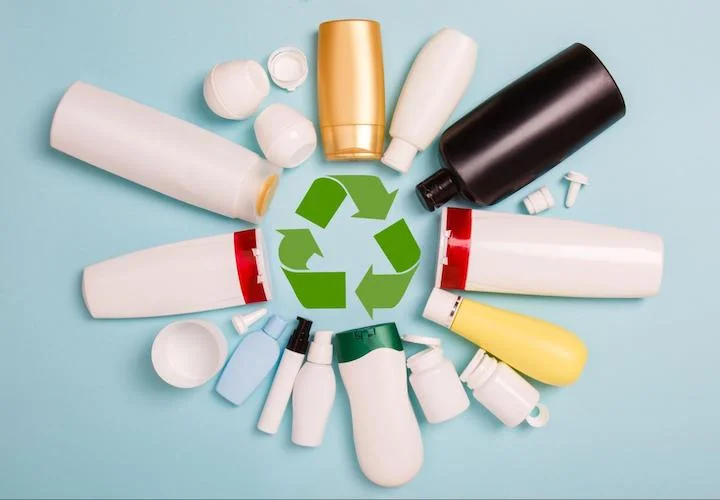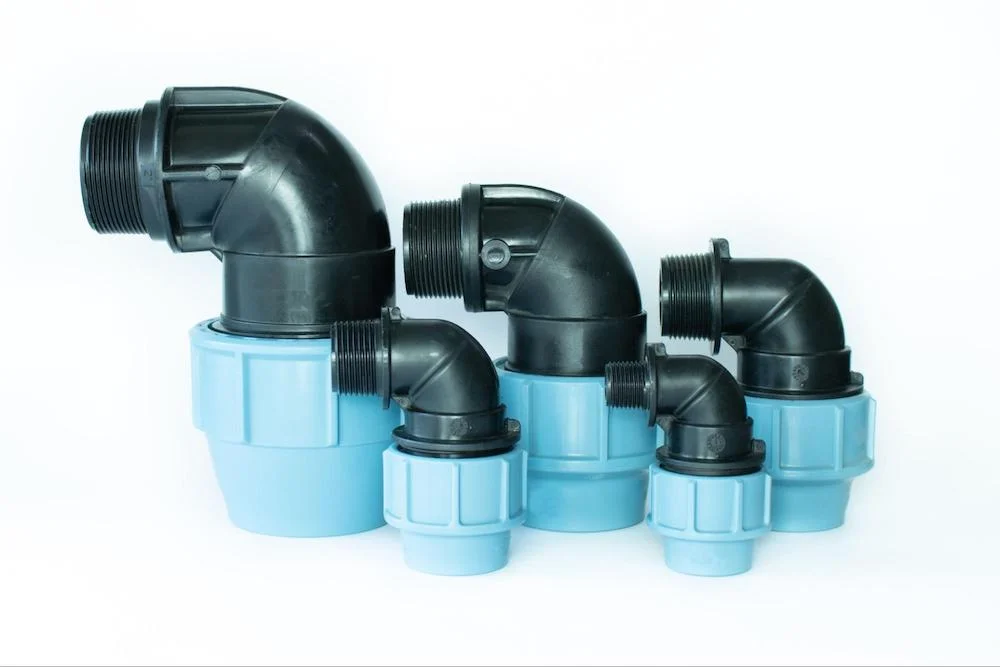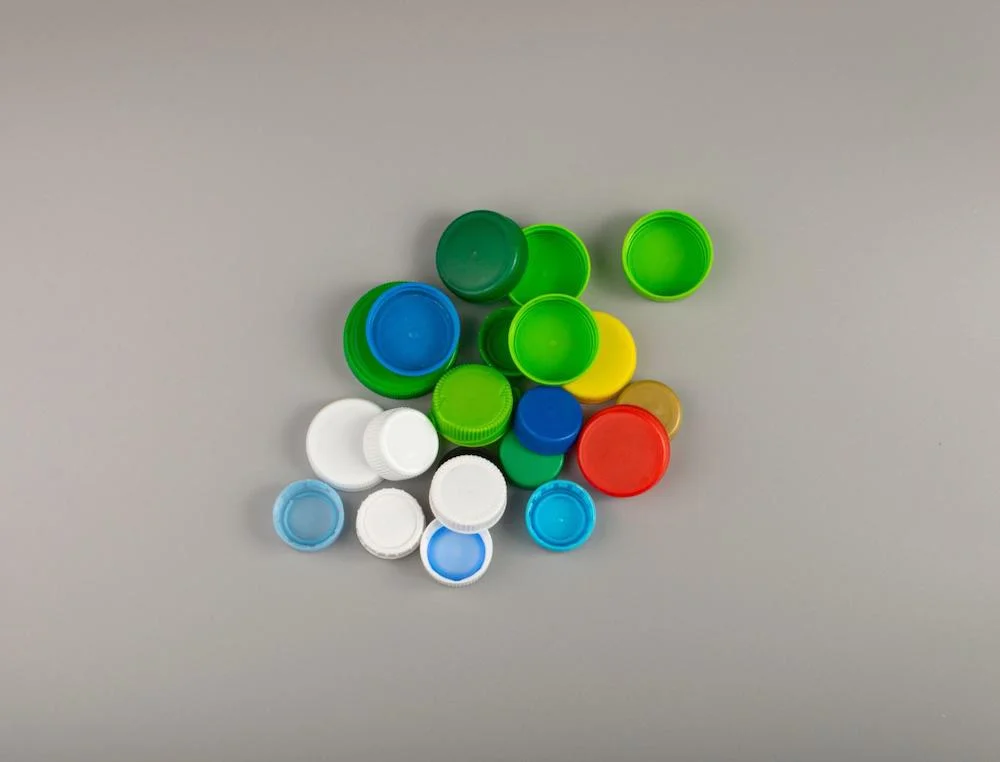Time to read: 5 min
HDPE injection molding uses high-density polyethylene (HDPE), a cost-effective thermoplastic with good tensile strength and high impact resistance. This commodity plastic also has strong moisture resistance and is relatively easy to injection mold. HDPE is used in many applications, but it has a high rate of thermal expansion. Consequently, injection-molded HDPE parts are prone to higher shrinkage rates if they’re not designed and manufactured properly.
If you’re considering HDPE injection molding for your plastics project, keep reading to learn more about high-density polyethylene, including:
- Advantages of HDPE
- Disadvantages of HDPE
- HDPE Injection Molding Applications
- Properties of Injection Molded HDPE
- Design Guidelines for HDPE Injection Molding
- HDPE Processing Guidelines
- Potential Alternatives to HDPE
- Succeeding With HDPE Injection Molding
Then, create a free Fictiv account and upload your part drawing. Along with design for manufacturing assistance (DFM) from our engineering experts, you’ll gain access to our carefully vetted network of manufacturing partners. Why search for an HDPE injection molder on your own when you can get expert DFM feedback and leverage the power of Fictiv?

Advantages of HDPE
Injection molded HDPE provides important advantages.
Cost-Effective
HDPE, a type of polyethylene (PE), is a commonly used injection molding material that is significantly less expensive than specialty plastics and polymer blends. HDPE is readily available and has lower minimum order quantities (MOQs) than specialized materials.
Mechanical Properties
HDPE can’t compete with engineering plastics in terms of performance, but it’s an attractive, low-cost option for many applications that require good tensile strength, impact resistance, and overall toughness.
Chemical Resistance
Injection-molded HDPE resists a wide range of chemicals, including strong acids and bases. It also resists some oxidants and reducing agents. HDPE can be attacked by halogenated hydrocarbons, however, and it has limited resistance to mineral oils.
Disadvantages of HDPE
Despite its advantages, HDPE also has disadvantages that part designers need to consider.
High Thermal Expansion
HDPE has a relatively high coefficient of thermal expansion (143 μm/°C), a property that describes the extent to which a material expands with an increase in temperature. Because heating occurs during injection molding, HDPE parts can expand significantly. In turn, injection-molded HDPE may experience warping when it contracts during cooling.
Difficult To Bond
High-density polyethylene is a low surface energy (LSE) material that is very difficult to bond. Overmolding, an injection molding technique that molds one material over another, is ill-suited for HDPE. Specialized glue and adhesives for HDPE are available, but plastic fusion welding can also be used for assembly.
Flammable
HDPE is petroleum-based and highly flammable. It begins to burn when exposed to temperatures above 340°C and will continue to burn since it’s not self-extinguishing. For reduced flammability, HDPE grades with flame-retardants are available.

HDPE Injection Molding Applications
HDPE can be injection molded for industrial, automotive, and consumer goods applications. Food contact applications are less typical, but FDA grades of HDPE plastic are available.
Industrial Applications
- Storage tanks
- Crates
- Mufflers
- Housings
Automotive Applications
- Fuel tanks
- Reservoirs for brake and washer fluids
- Cabin compartments
- Interior trim
Consumer Goods Applications
- Boat docks
- Cutting boards
- Plumbing fixtures
- Outdoor cabinets
Properties of Injection Molded HDPE
HDPE is available in various brands and grades. The table below contains typical physical, mechanical, and injection molding properties of this popular material.
| HDPE | ||
| Physical | Density (g/cm3) | 0.954 |
| Shrinkage Rate (cm/cm) – Linear | 0.0215 | |
| Rockwell Hardness (R) | 48.7 | |
| Mechanical | Tensile Strength at Yield (MPa) | 26.2 |
| Elongation at Break (%) | 583 | |
| Flexural Modulus (GPa) | 1.13 | |
| Flexural Yield Strength (%) | 31.3 | |
| Injection Molding | Melt Temperature (°C) | 246–280 |
| Mold Temperature (°C) | 45–65 | |
Table 1: Properties of HDPE
Design Guidelines for HDPE Injection Molding
HDPE parts that are poorly designed are more prone to injection molding defects. When you work with Fictiv, however, you’ll get DFM feedback that can help minimize risk. To learn about part design, download our free “Injection Molding Design Guide” to use as a reference.
Download the Injection Molding Design Guide
The following sections examine injection molding design considerations for HDPE parts.
Wall Thickness
Whenever possible, apply a uniform wall thickness throughout your part. If you need to use a greater thickness in some areas, make the transition from thinner to thicker sections gradual. Do not use transitions that are greater than 10% to 15% of the nominal wall thickness. Generally, the recommended minimum wall thickness for HDPE ranges between 0.76 and 3.18 mm.
Shrinkage
Injection molded HDPE has a relatively high rate of shrinkage (up to 4%). The exact percentage depends on the grade of HDPE that you select, as well as the specific processing conditions. If parts shrink unevenly during cooling, warping may occur. To limit the risk of defects, reduce the wall thickness and the size of the mold gate area.
Radii
Sharp corners are difficult to injection mold. Therefore, apply radii to both the inside and outside corners of your part. To limit stress concentrations and melt flow, make the radii at least 25% of the wall thickness. For maximum part strength, apply a radius equal to 75% of the wall thickness.
Draft Angle
Draft is the angle that you apply to the vertical walls of parts so that they eject cleanly from the injection mold. Because HDPE has a low coefficient of friction, parts with simple shapes need very little draft. For more complex HDPE parts, apply draft angles between 0.5% and 1% per side.
Part Tolerance
Tolerances are acceptable variations in size for overall dimensions and part features. As a rule, parts with tighter tolerances are more expensive because they have stricter injection mold and processing requirements. In addition, parts with fine tolerances are more expensive to mold than parts with commercial tolerances.
Table 2 below contains some dimensional tolerances for HDPE. Note how they are also based on part size.
| Commercial | Fine | |||
| 1-20 mm | 21-100 mm | 101-160 mm | 1-20 mm | 21-100 mm |
| 0.125 | 0.170 | 0.375 | 0.075 | 0.110 |
Table 2: HDPE Injection Molding Tolerances

HDPE Processing Guidelines
Adherence to HDPE processing guidelines is beyond a part designer’s immediate control. Therefore, it’s important to work with an experienced HDPE injection molder. The following processing parameters are especially important:
Moisture
HDPE does not readily absorb moisture. If stored properly, it may not need drying before injection molding. Drying is required, however, if surface moisture has settled onto the material during storage.
Temperature Control
The melt temperature for HDPE is between 246 to 280°C. The mold temperature ranges between 45 and 65°C. Increasing the mold temperature can reduce internal part stresses and produce parts with a glossier surface finish.
Injection Pressure
The injection pressure for HDPE injection molding depends on the design and size of your part. In general, however, injection pressures range from 5.5 to 10 MPa because HDPE flows readily. Reducing the injection pressure can help reduce part warpage.
Injection Speed
HDPE crystallizes fairly quickly. Therefore, thin-walled parts need fast injection speeds. For thicker-walled parts, medium injection speeds are recommended.
Potential Alternatives to HDPE
Injection molded HDPE might not be the best material for your application. If that’s the case, you could consider polypropylene or nylon instead. Fictiv’s injection molding services work with both of these materials.
Polypropylene
Polypropylene (PP) is a commodity thermoplastic with good fatigue strength, a low coefficient of friction, and excellent moisture resistance. Like HDPE, it’s also cost-effective.
Nylon
Nylon has good mechanical strength and can be filled with glass fibers for enhanced properties. It absorbs moisture, however, so nylon is not a good choice for injection molded products where there’s continuous contact with water.
Succeeding With HDPE Injection Molding
HDPE is an injection molding material with attractive properties, but a manufacturing-ready design and a skilled production partner are critical. Fictiv has the engineering experts and manufacturing network you need to get quality parts fast. From prototyping through production, we’re here to help you succeed.
Create your free Fictiv account and request an injection molding quote today — we mold complex parts at ridiculous speeds!








